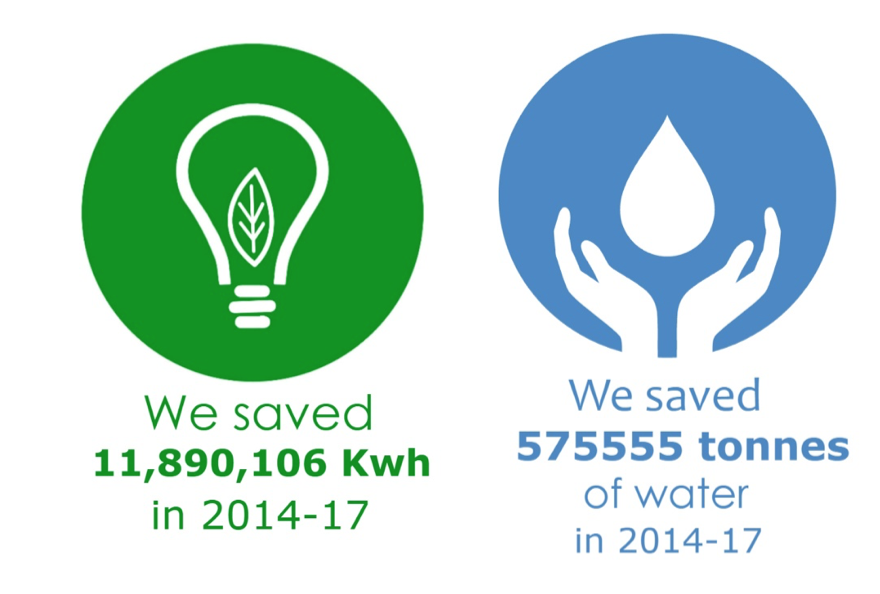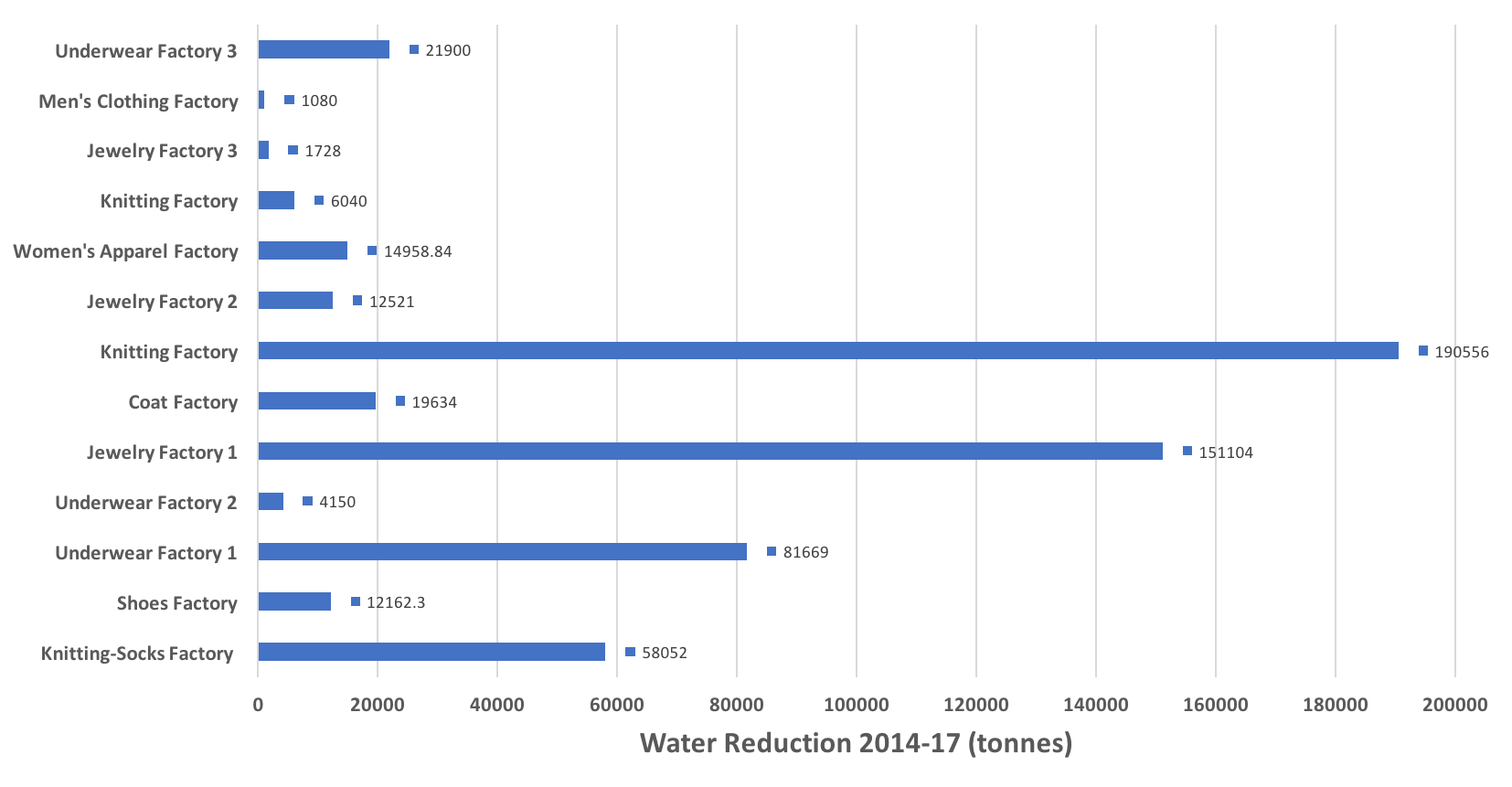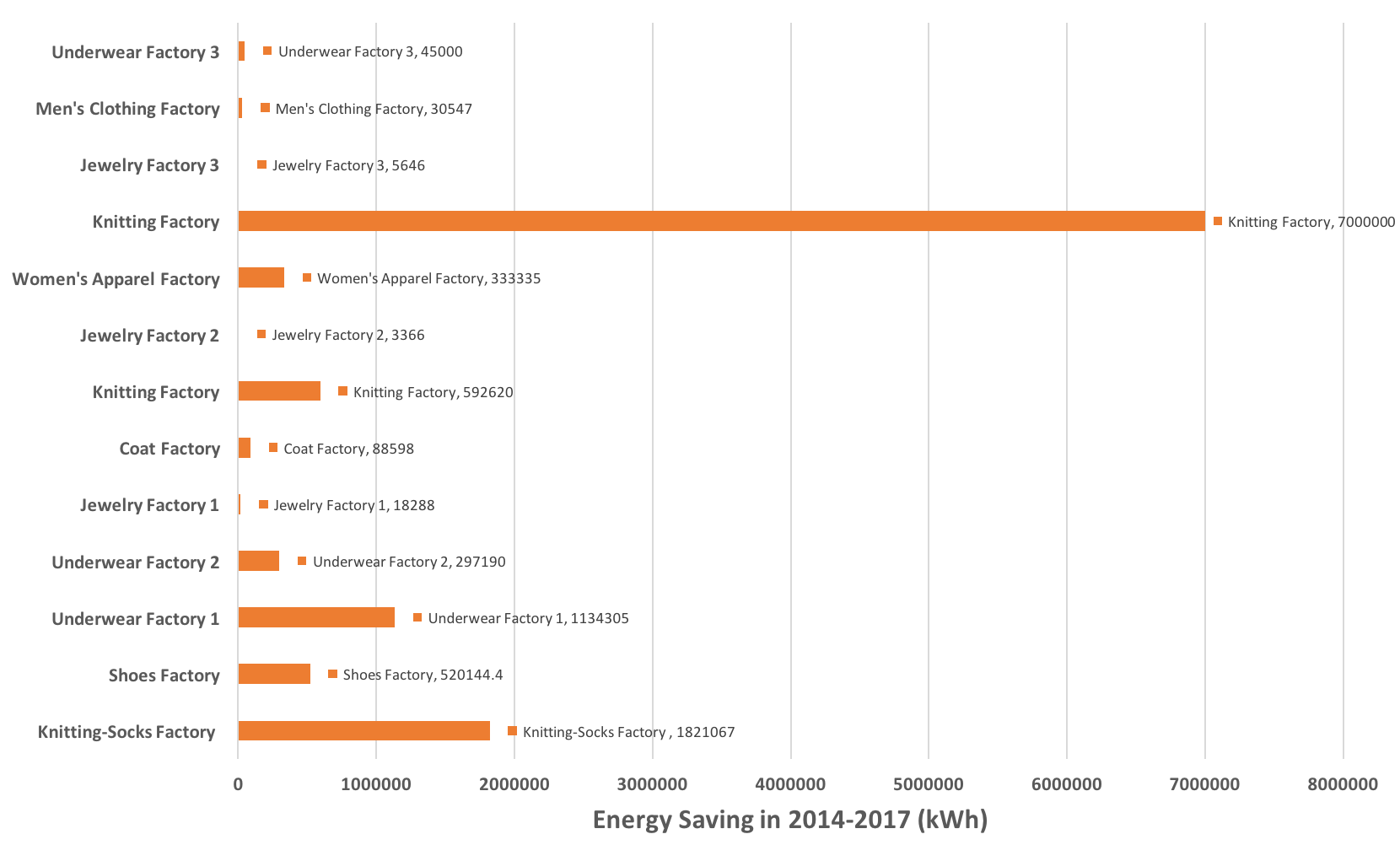Since Marks & Spencer launched its “Plan A”
in 2007, the brand has been committed to implementing a range of different
environmental projects.
At the beginning of the plan, M&S
selected its top-100 garment mills to participate in its "C-100 Energy
Conservation Project.” Nearly 80% of these suppliers are located in China. Working
with technical and industry experts, M&S found that the plants could reduce
energy use at least 10% by improving three key areas in the factories:
lighting, separation measures and temperature control.
Since the performance of the plants was
better than expected, in 2011, M&S launched an advanced “ECO Factory
Program” to more comprehensively promote improvement in different areas at the
plants, focusing on the four areas of energy efficiency, renewable energy,
water and waste management. 34 factories have achieved at least 20% energy
savings from the program.
From 2014 through 2017, there were 13
factories in total awarded the “ECO factory” label, ultimately saving 575,555
tons of water and 11,890,106 kWh of electricity annually.



In July 2017, Marks & Spencer successfully
pushed an intimates apparel factory in Guangdong Province become an “ECO
Factory” through three years of training and engagements, starting with the management
team and going all the way down to the front line of workers.
This factory successfully reduced its electricity
consumption by approximately 45,000 kWh and reduced its water consumption by
around 21,900 tons, totaling 27% energy reduction at the factory. The factory exhibited
a number of achievements across different production areas, including the use
of energy-saving motors, LED lighting systems, high-performance air compressors,
a green air conditioning system, a steam recycle system, and strengthening the
machinery maintenance inside the plant. These actions all helped to improve the
factory budget by significantly reducing production and operating costs. As a
result, the plant is very eager to move forward in this direction by setting up
energy-saving targets for the next five years, including a further reduction of
10% in electricity consumption, 10% of water consumption, 10% of production
waste and 50% of kitchen waste.
Last year, over 40% of all products M&S
sold were made in M&S-approved eco- factories. These are factories that
have demonstrated significant savings in their energy, water and waste
footprints.In the future, Marks & Spencer will
continue to drive more plants to join its efforts to develop a green supply
chain.
(The above content was provided to IPE by the brand, who is responsible for the accuracy of the data.)